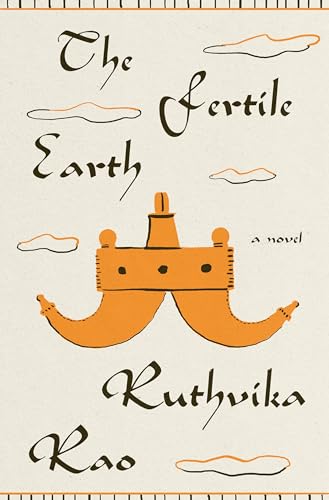The Fertile Earth
This is a gorgeous story of star-crossed lovers across the class divide in volatile 1960s India. In Irumi, ten members of the wealthy Deshmukh family are executed, their heads put on spikes in a paddy field. Then we go back in time. Four Telegu children—Vijaya and Sree from the Deshmukh family; Krishna and Ranga, sons of a family servant—dare an expedition into the forest to hunt down a man-eating tiger, an experience which has disastrous consequences for each of them.
The disaster has real intensity of emotion yet is still from a child’s simple point of view. The ramifications of the event reverberate differently for each of the four, making for intricacies of character. Powerful emotions are portrayed extremely well. The way a smell can fill a person with rage, as it evokes memories of an experience. It’s difficult to convey political arguments in fiction without it sounding like authorial intrusion. Rao does this by having Krishna a semi-reluctant attendee to meetings led by his nationalist friend Gagan. Years later, when violent uprisings and the Naxalite movement threaten their village, Vijaya and Krishna are drawn back to each other. The setting is gorgeous, with culturally appropriate metaphors: ‘green tops of palm trees rustling and swaying like so many paintbrushes against [the] hot blue sky’. There are some fantastic examples of understated showing. Vijaya counts the few instances of her name in the letter from her overly critical, unloving mother. Relationships are nuanced, multi-layered, sometimes too subtle. I had to read a few passages twice. In the shocking climax, the children’s subjective experience is revisited through Sree’s childlike point of view in an absolutely brilliant way. A glossary would have helped with the Hindi and Telegu vocabulary.










